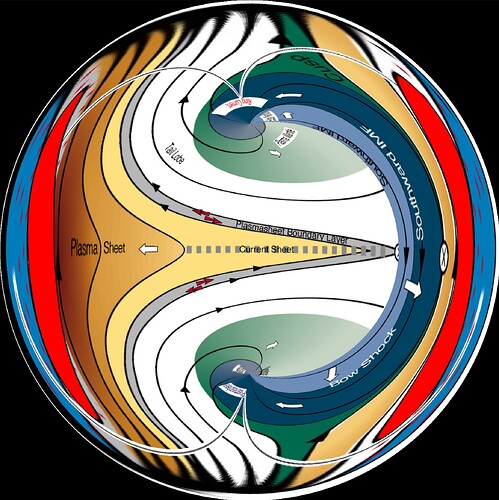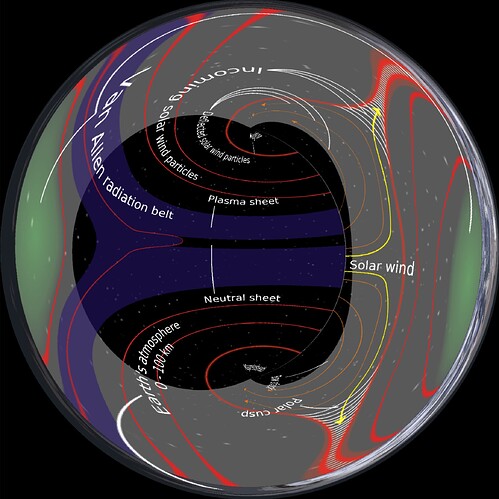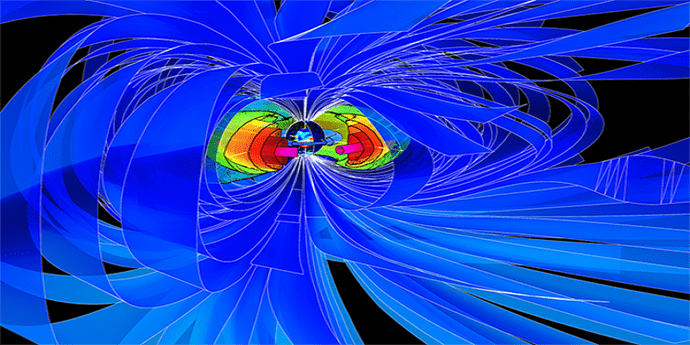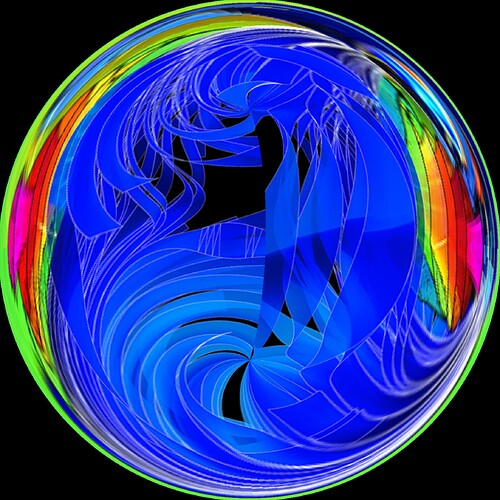I don’t think many of you know me, I’m eric jorgensen. I worked with LSC back in the day.
Anyway. Check this out:
Is there a way we could use those CME’s on the “opposite” side of the sun to definitively prove the Earth is concave? Like, correlate the CME’s to recorded behavior somehow… Maybe wind patterns, on earth.nullschool.net, anything we can think of. there’s gotta be a measurable effect on the earth somehow. THINK
2 Likes
Welcome
I think this is related and can help us visualize what’s happening.
I’ll keep thinking of an answer for your actual question
This image below
Original image
Modified
Original image
Modified
Original image
Modified
Original image
Modified
I like this thought process going on.
One thing that stands out to me is to be sure to account for slower speeds of both light and physical matter when moving further inward away from the crust we live on.
Is the idea that the rear facing cme’s are extrapolated simulation being generated by the “rear” facing satellites?
I mean we can see the sun surface to a degree from earth’s surface. Northern lights tend to emerge with CME events.
Its also apparent that each layer of glass or whatever the atmosphere substrate are specifically absorbing different wavelengths of aetherial fluid vibrations. That means the information is being absorbed by those and they will literally morph whether it be (low freq) “temperature” increase or (high freq) illumination like northern lights.
It doesn’t really seem like anyone has really torn apart CME events in concave vs heliocentric.
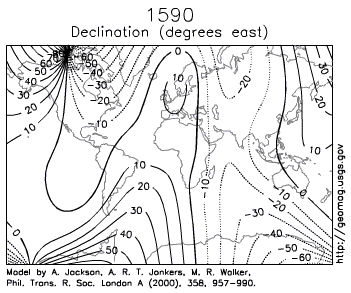

Field measurements live should be a way to correlated events and timing.
did you guys notice in my link, its a concave earth projection? i thought it was cute that they let you do that. click on the earth to turn your view around.
By the way, this may or may not be evidence of concave… But I always told LSC that its strange, when looking at the winds at the various levels, theyre straighter and less turbulent ar higher levels. You can see this by changing the altitude using the pressure settings. Then one day i came across the Coanda effect. Fluids and gases like to hug the surface theyre flowing against…Which obv would be the glass sky at 100km. It does make sense that it gets more turbulent as you go down in altitude then. The air currents are losing coherency as they descend/thicken. Also, don’t forget about ionic wind factors that could be at play with a crystalline sky. I should post a link of an ionic wind generator this guy on youtube made. Nitrogen is easily propelled when its ionized.
EJ
1 Like
I’ve been studying the data and it is clearly being simulated for the back ~50% of the sun. The satelite images are then generated based on raw spherical point clouds of simulation making it sleekly match across views.
One can realize when the spiral radar passes the centerline for instance you will tend to see the transition blips when a CME occurs at the edge and I presume is absorbed by whatever crystallized sphere around which he sun hemisphere surface / bump is surrounded.
Find singularities where non-prime and non-symmetry conditions occur and we will find all the un-truths provided for “enterentertaining the public”. The eyes are fooled by the warping of light to a degree, but all proprioception senses felt by organic life forms can when unnatural (human/logic AI) is involved due to breaking of primes, symmetries and/or universal “constant-ish” irrational proportionality(ex pi phi e G)
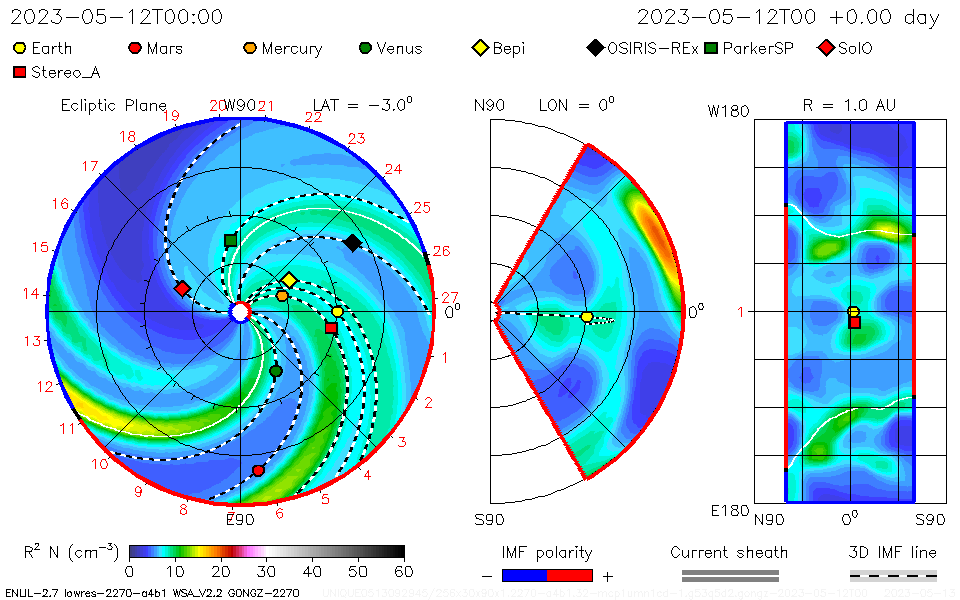
1 Like





